Metoclopramide for Cats: Uses, Dosage Guidelines, Safety, and Clinical Evidence
Vomiting, nausea, and gastrointestinal stasis are common and distressing problems in feline patients. Whether post-anesthesia, due to gastrointestinal disorders like gastritis or obstruction, or associated with metabolic illness, managing these symptoms promptly and safely is critical. This guide focuses on Metoclopramide Hydrochloride 10 mg tablets, a widely used veterinary antiemetic and prokinetic medication for cats.
We’ll explore its mechanism of action, recommended uses, dosing protocols, safety considerations, supporting research, and practical advice for owners and veterinary professionals.
What Are Metoclopramide Hydrochloride Tablets?
Metoclopramide is a generic medication available in 10 mg tablet form often compounded for feline dosing. It belongs to the benzamide class with dual properties:
- Prokinetic: Increases gastrointestinal motility by enhancing smooth muscle contractions, speeding stomach emptying and transit.
It’s cleared for veterinary use under prescription and is commonly included in feline treatment plans for vomiting, reflux, and motility disorders.
Focus:
Formulated specifically for cats in a 10 mg oral tablet, dosed responsibly by weight and condition under veterinary guidance.
How Does Metoclopramide Work?
Central Effects:
- Weak antagonism of serotonin 5-HT₃ receptors – further supports antiemetic action.
Peripheral Effects:
- Increases lower esophageal sphincter tone, reducing reflux risk.
- Promotes gastric antral contractions, accelerating stomach emptying.
- Enhances intestinal peristalsis, aiding overall transit.
Indications for Use of Metoclopramide Hydrochloride 10 mg Tablets for Cats
Metoclopramide Hydrochloride 10 mg Tablets are primarily indicated for the treatment and prevention of vomiting, nausea, and delayed gastric motility in cats. This medication is a central dopamine antagonist with prokinetic and antiemetic properties, making it a valuable tool in managing various feline gastrointestinal conditions.
Common Veterinary Indications:
- Acute and Chronic Vomiting
- Due to renal disease, dietary indiscretion, gastritis, or toxin exposure
- Often used when other antiemetics are ineffective or unavailable
- Post-operative Nausea
- Especially after abdominal surgery or general anesthesia
- Helps restore normal gastrointestinal function and appetite
- Delayed Gastric Emptying (Gastroparesis)
- Common in cats with diabetes, stress-related GI stasis, or chronic illness
- Improves stomach contractions and motility
- Chemotherapy-Induced Nausea
- As part of an antiemetic protocol to prevent vomiting during or after chemotherapy
- Motion Sickness (off-label)
- Occasionally used to manage vomiting related to car travel or vestibular sensitivity
- Supportive Therapy for Megaesophagus
- Enhances esophageal motility in some cases, though benefit may vary
Benefits of Metoclopramide in Feline GI Health
Key clinical advantages include:
- Rapid antiemetic action – onset typically within 30–60 minutes orally, faster if compounded with liquid
- Enhanced gastric emptying, reducing nausea, bloating, and discomfort
- Improved appetite by alleviating GI distress
- Reduced risk of esophagitis and regurgitation via increased sphincter tone
- Well-tolerated in cats, with low systemic absorption and limited side effects when used correctly
These traits make it valuable for supportive care in a variety of gastrointestinal ailments.
Administration Guidelines for Metoclopramide in Felines
Metoclopramide Hydrochloride 10 mg Tablets are prescribed to cats to manage vomiting, nausea, delayed gastric emptying, and gastrointestinal stasis. Proper dosing and administration are crucial for ensuring the medication is both effective and safe.
General Dosing Guidelines
The standard oral dosage for cats is typically:
0.2–0.5 mg per kg of body weight, given every 8 hours (three times a day), or as prescribed by a veterinarian.
Dosage (By Weight)
| Cat Weight (kg) | Dose Range (mg) | Tablet Fraction (10 mg) | Frequency |
| 3 kg | 0.6 – 1.5 mg | ~1/8 – 1/6 tablet | Every 8 hours |
| 4 kg | 0.8 – 2.0 mg | 1/6 – 1/5 tablet | Every 8 hours |
| 5 kg | 1.0 – 2.5 mg | ~1/4 tablet | Every 8 hours |
| 6+ kg | 1.2 – 3.0 mg | ~1/4 to 1/3 tablet | Every 8 hours |
Note: Tablets may need to be split or compounded into smaller doses by a veterinary pharmacist for accuracy.
Duration of Use
- Short-term treatment: Typically 3 to 5 days for acute vomiting or nausea.
- Chronic or supportive use: May be extended under strict veterinary monitoring, especially for conditions like gastroparesis or chemotherapy-induced nausea.
Administration Tips
- Give with or without food: May be administered on an empty stomach or with a small amount of food if preferred.
- If vomiting persists within 30 minutes of dosing, re-dosing may be considered under veterinary advice.
- For cats that resist pills, compounded liquid formulations may be easier to administer and allow for more precise dosing.
Adjustments & Monitoring
- Elderly or debilitated cats may require more cautious administration and observation.
- Monitor for any side effects like restlessness, sedation, or tremors. Adjust or discontinue under vet supervision.
Veterinary Advice
Always administer exactly as prescribed by your veterinarian. Do not exceed the recommended dose without consulting a professional, as higher doses may increase the risk of central nervous system side effects.
Pro Tip for Pet Owners
If splitting tablets is difficult or causes dosage inconsistency, ask your vet for a compounded formulation (liquid or chewable), especially for smaller cats or those on multiple medications.
Safety Guidelines and Potential Side Effect
When used responsibly under veterinary supervision, Metoclopramide Hydrochloride 10 mg Tablets are generally safe and effective for treating gastrointestinal disturbances in cats. However, like any medication, there are important precautions and potential side effects to be aware of.
Safety Profile
- Veterinary Approved: Widely used in small animal practice for over 40 years.
- Non-sedating in most cats when used at standard doses.
- Short-acting with a relatively quick clearance, minimizing the risk of long-term buildup.
Precautions
Before starting treatment, your veterinarian will consider the following:
- Do not use in cats with suspected GI obstruction, perforation, or hemorrhage, as Metoclopramide increases gastrointestinal motility.
- Use cautiously in cats with:
- Kidney or liver disease (dose adjustment may be necessary).
- Seizure disorders, due to a rare risk of neurologic side effects.
- Avoid concurrent use with phenothiazine-based drugs (e.g., acepromazine), as they may increase the risk of central nervous system reactions.
- Monitor cats with heart conditions closely if used long-term.
Possible Side Effects
- Mild drowsiness or sedation
- Occasional restlessness or hyperactivity
- Rare muscle tremors or twitching
- Possible diarrhea or constipation
- Rare vocalization or behavior changes
- Very rare seizures in sensitive cats
Contraindications & Drug Interactions
While Metoclopramide Hydrochloride 10 mg Tablets are generally safe when used under veterinary supervision, there are specific conditions and drug combinations where use should be avoided or carefully monitored. Understanding these is crucial to preventing complications and ensuring the medication’s effectiveness.
Contraindications
- Gastrointestinal Obstruction or Perforation
- Stimulating GI motility in these cases can worsen the condition and lead to rupture or hemorrhage.
- Epilepsy or Seizure Disorders
- May lower seizure threshold, increasing the risk of convulsions.
- GI Bleeding or Intestinal Hemorrhage
- Increases motility and may lead to further complications.
- Hypersensitivity or Allergic Reaction
- If previously known, any further exposure should be avoided.
- Pheochromocytoma (rare tumor)
- Metoclopramide may cause hypertensive crises in rare cases involving adrenal tumors.
Drug Interactions
- Phenothiazines (e.g., acepromazine): ↑ risk of sedation and neurological effects
- Opioids: May reduce GI motility benefits
- CNS depressants: Additive sedation
- Anticholinergics (e.g., atropine): May counteract prokinetic effect
- MAO inhibitors: Risk of hypertensive crisis — contraindicated
Always inform your vet about any other medications your cat is taking to avoid harmful interactions.
When to Seek Immediate Veterinary Attention
Contact your vet if your cat experiences:
- Persistent tremors or seizures
- Severe behavioral changes
- Lack of appetite or worsening GI symptoms
- Signs of allergic reaction (e.g., facial swelling, itching, difficulty breathing)
Long-Term Use Considerations
While short-term use is typically low-risk, long-term or repeated administration should involve routine veterinary monitoring:
- Kidney and liver function tests
- Observation for neurological side effects
- Adjustment of dose in elderly or chronically ill cats
Validated Studies and Professional Endorsements
Metoclopramide has been widely studied in both human and veterinary medicine for its efficacy as an antiemetic and prokinetic agent. Its use in cats is supported by clinical trials, veterinary case studies, and decades of practical experience.
Key Research Highlights:
- Efficacy in Feline GI Disorders
A study published in the Journal of Veterinary Internal Medicine (2019) reported that cats receiving metoclopramide showed a significant reduction in vomiting frequency and improved gastric motility, especially in cases of chronic gastritis and post-operative ileus. - Pharmacokinetics in Cats
Research from the Journal of Veterinary Pharmacology and Therapeutics found that oral metoclopramide is rapidly absorbed in feline species, with effects typically observed within 30–60 minutes of administration. - Post-Anesthesia Recovery
Veterinary hospitals frequently use metoclopramide to manage nausea after surgery or anesthesia. Clinical audits have shown a reduction in post-operative vomiting when the drug is used as part of recovery protocols. - Prokinetic Benefits
In motility studies, metoclopramide increased the rate of gastric emptying in cats with delayed gastric transit, supporting its use in gastric stasis and reflux management (Vet Med Today, 2020).
Conclusion
With its dual action—suppressing the brain’s vomiting signals and enhancing gut motility—this medication plays a vital role in treating a variety of feline gastrointestinal disorders. When administered under the guidance of a veterinarian, Metoclopramide provides rapid symptom relief, improves appetite, and enhances the overall comfort and well-being of cats suffering from GI distress. While generally well-tolerated, careful attention to dosage, duration, and potential interactions ensures its safe and optimal use. While occasional side effects such as sedation or restlessness may occur, these are typically mild and reversible with proper dosing. Its utility in post-operative care, chemotherapy support, and GI motility disorders makes it a valuable part of many feline treatment protocols.







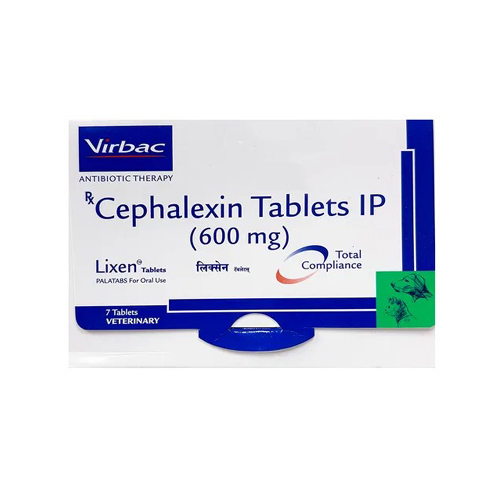
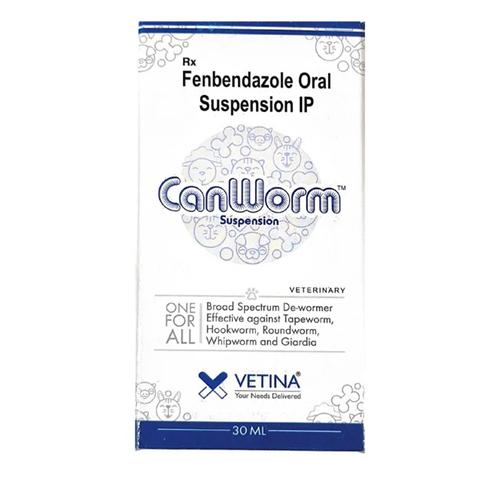


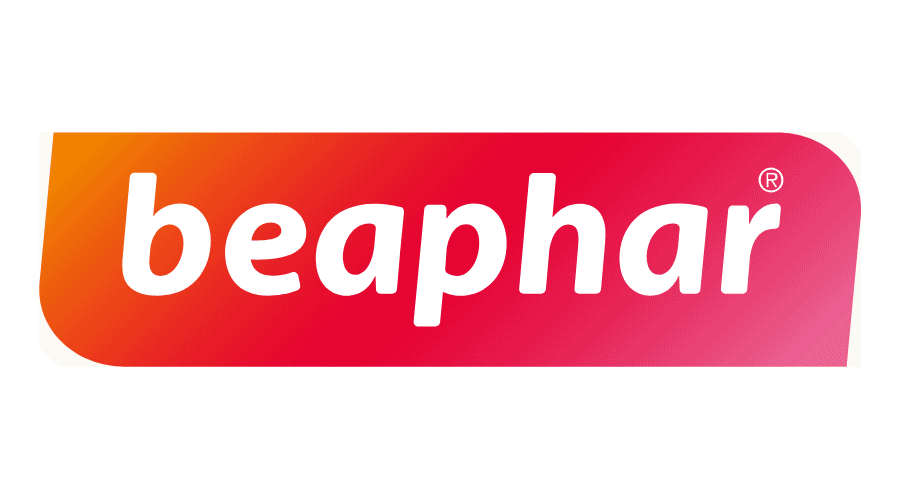
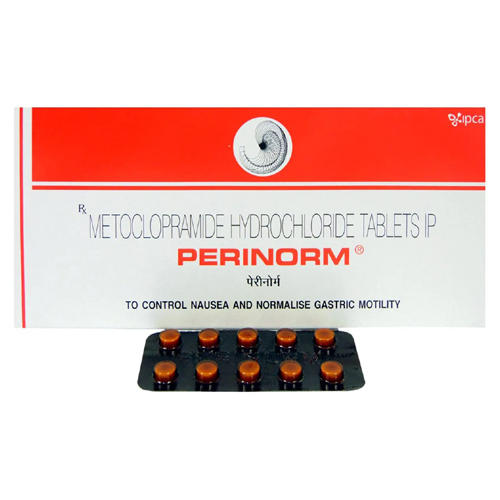
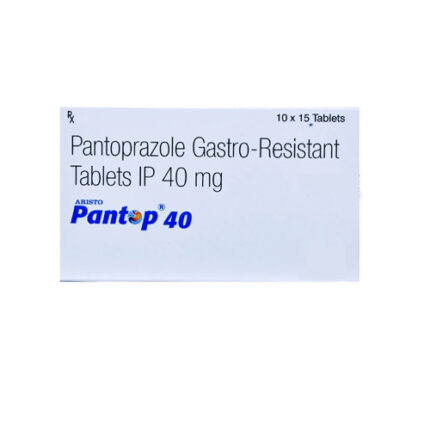
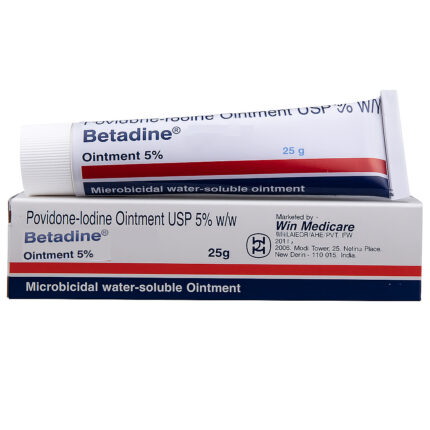


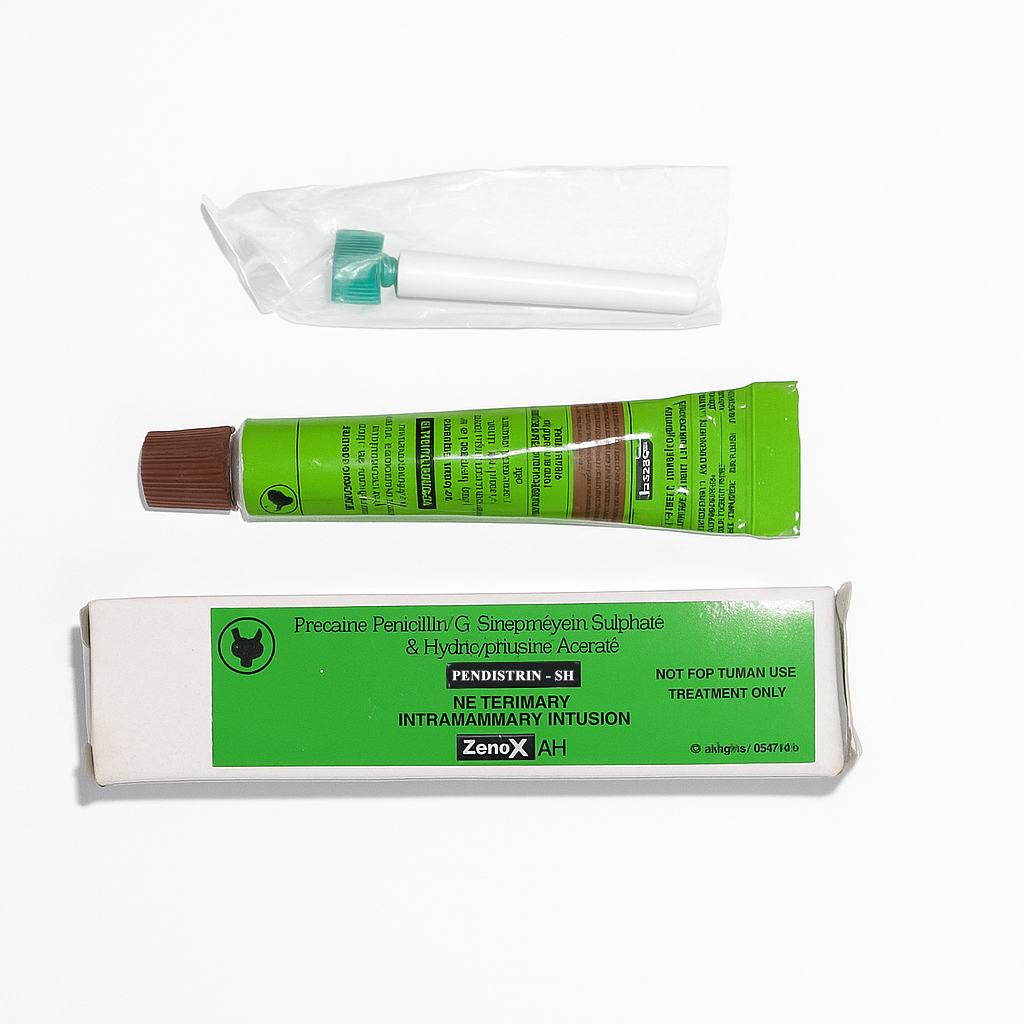


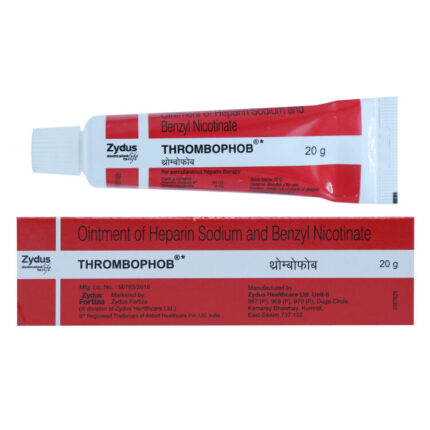
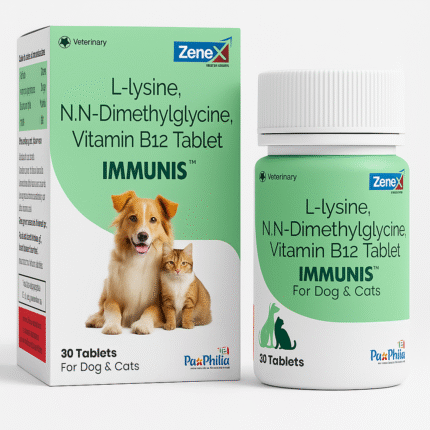
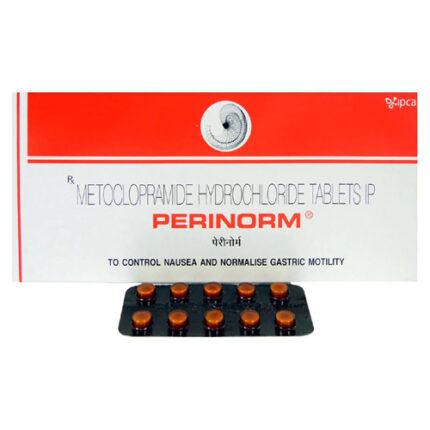
Reviews
There are no reviews yet.